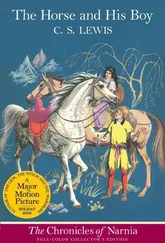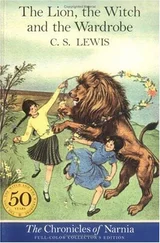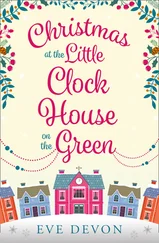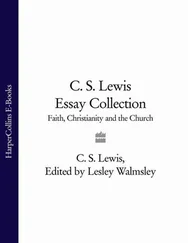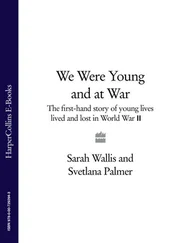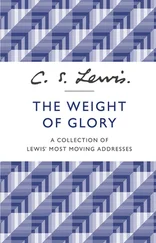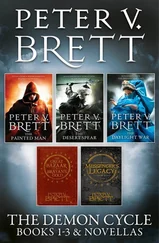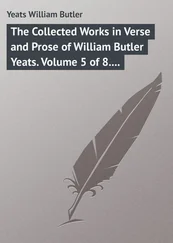C. S. Lewis—Jack—did not dictate his letters to Warnie, but using a kind of shorthand the brothers both knew—‘cd’ for ‘could’, ‘wd’ for ‘would’, ‘shd’ for ‘should’ etc.—he scribbled his reply on to whatever letter he was answering, after which Warnie typed it. Lewis used the same abbreviations in many of the letters written in his own hand, but with the difference that he could do it faster if Warnie was his only reader. In Lewis’s correspondence with Dorothy L. Sayers, for instance, a number of his replies are written on her letters. As an example, the typed letter to Sayers of 14 December 1945 is exactly as Lewis wrote it for Warnie to copy. Because Warnie looked after the posting of his brother’s letters, Jack could rely on him to add technical information. On 4 January 1946 Dorothy L. Sayers asked Lewis to return the copy of an essay she had sent him. In his draft reply of 7 February Lewis began, ‘I enclose the MS…’, which words Warnie altered to read: ‘I forward the MS as a registered packet by this post’. The remainder of the letter is exactly as Lewis dashed it off on the letter from Sayers. The typed letters to Sayers of 7 August 1946, 5 June 1947, and 1 January 1949 are exactly as Lewis scribbled them.
Warnie was especially useful in replying to some of the many people who sent parcels of food during and after the war. These generous folk had a special place in Warnie’s heart, not least because he and the other Inklings shared that food. Some of Jack’s replies to them, if not written entirely by Warnie, contained passages by him. A number of instances appear in the letters to Edward A. Allen and his mother of Westfield, Massachusetts. This passage in the letter to Mr Allen of 10 August 1948 was almost certainly written by Warnie; as Jack did not read newspapers it is unlikely he would have known that Paul Gray Hoffman was the administrator of the Marshall Plan:
I quite agree with you that Mr. Hoffman has a man size job in front of him; he has so far as I can judge, made a good impression so far, which is a big start. And I feel that the task is being tackled in the right way, i.e. insistance on Europe helping itself , not merely standing by to collect American money… 20
This did not mean that Jack did not care what went into these letters, but his brother was able to make the replies more interesting and informative. After replying to people like the Allens over a period of years, C. S. Lewis let it be known that the letters were a joint production. On a few occasions Warnie even signed his brother’s name for him, although Jack himself signed all the letters to Edward A. Allen in this volume. Mr Allen was one of the American friends to whom Warnie continued to write after Jack died.
In 1944, Warnie began evolving a ‘system’ for dealing with the correspondence, although its workings are not easy to follow and it appears to have changed form more than once over the years. Beginning with the letter to J. S. A. Ensor of 26 February 1944, he gave most letters a reference number, ‘REF. 55/44’. The number probably means this was the 55th letter Warnie typed in 1944, and we later find that ‘55’ has become Mr Ensor’s reference number, one that appears on all correspondence to him. But this did not hold true for all Lewis’s correspondents. His first letters to Dorothy L. Sayers bear the reference number ‘231’, but thereafter the number changed every year.
The Lewis brothers were not good spellers. Warnie—who kept a diary for fifty years—joked that he was never sure whether he kept a ‘diary’ or a ‘dairy’. I should mention that his most characteristic error concerned contractions. He spelled, for instance, ‘can’t’ as ‘ca’nt’ and ‘couldn’t’ as ‘could’nt’, although at least he was consistent. His spelling, and that of his brother, has been retained throughout.
I mentioned in the Preface to Volume I that, following his brother’s death, Warnie set out to write a biography of Jack to be called ‘C. S. Lewis: 1898–1963’. However, instead of an account of his brother’s life containing occasional quotations from his letters, the book was mostly quotation. The publishers objected, and in the end most of Warnie’s narrative was gathered into a ‘Memoir’ attached to what became Letters of C. S. Lewis (1966; revised and enlarged edition, 1988). Warnie was very hurt, not least because the publishers failed to include the dedication—‘To Those Overseas Friends Who Helped Him In the Lean Years’—which was added to the edition of 1988.
Shortly after I came to know Warnie in January 1964 I began helping him copy the letters from his brother which people were sending back to him as he prepared his biography. If there was a method of photocopying in Oxford neither of us knew about it, and so we could not make exact copies. Since I feared we might never see the letters again, I copied every word of the letters Warnie assigned me. But because Warnie believed himself to be writing a biography of his brother, he typed only the parts he intended to include in his book, after which he returned the letters to their recipients.
It is impossible to imagine a more courteous man than Warnie, and when some female correspondents asked him to keep their identities secret, he more than complied. He provided them with fictitious names which even now, years after their deaths, cannot be penetrated. And with their identities went their addresses. The identities of a few of these correspondents have since been revealed: Mary Neylan let it be known that she was the recipient of some of the letters addressed ‘To a Lady’ in the Letters of 1966, and it has come to light that the late Mrs Mary Van Deusen was ‘Mrs Arnold’ of the 1966 Letters. But we still do not know who ‘Mrs Ashton’ is and cannot discover if her letters from Lewis have survived. The result is that in a few instances the only copy of a letter (or part of a letter) we have is the one found in Letters of C. S. Lewis or in Warnie’s typescript of ‘C. S. Lewis: 1898–1963’. When this happens the location of the original letter is given as given as ‘L’— Letters of C. S. Lewis —or ‘WHL’—the unpublished typescript of ‘C. S. Lewis: 1898–1963’, copies of which are held in the Bodleian Library, Oxford, and the Wade Center, Wheaton College, Wheaton, Illinois.
As with Volume I of the Collected Letters , I have provided the name of the person to whom a letter is addressed followed by the place where the reader can consult the original. The list of abbreviations reveals that ‘Bod’ means the Bodleian Library, ‘W’ the Wade Center, and so on. The Bodleian and the Wade Center have a reciprocal arrangement which means that each receives copies of what the other acquires. It was my intention to include in this volume all Lewis’s existing letters from the period 1931–49, but—inevitably-I learned of a few when it was too late for them to go in. However, HarperCollins are making provision for Volume III to include a supplement containing letters omitted from the first two volumes.
The letters in Volume I were addressed primarily to family members or close friends, and because most were very important in Lewis’s life I felt I should provide substantial biographies of them in a Biographical Appendix. During the period covered by Volume II Lewis was writing to a greatly enlarged circle of correspondents, and I have included substantial biographies of close friends, such as Sister Penelope, as well as shorter biographies of associates and various prominent or otherwise interesting people whose details were too long to be included merely as footnotes.
During the forty years I have been editing the writings of C. S. Lewis I have rarely needed so much help as I have with this volume. It is one thing to edit a single ‘C. S. Lewis’, quite another to edit three ! I make the claim Lewis made in The Allegory of Love —that of standing on the shoulders of giants. The first is Dr Francis Warner who was Lewis’s last pupil, and whom Lewis described as ‘the best mannered man of his generation I have ever met’. 21 Nothing could be truer, and no one has given me as much encouragement as he. Other giants are Professor Emrys Jones and Dr Barbara Everett who are responsible for identifying most of Lewis’s quotations from English literature.
Читать дальше

